Astronaut Eugene "Gene" Cernan, who flew into space three times and served as commander of the Apollo 17 mission, the last manned mission of the Apollo program to the moon, has died.
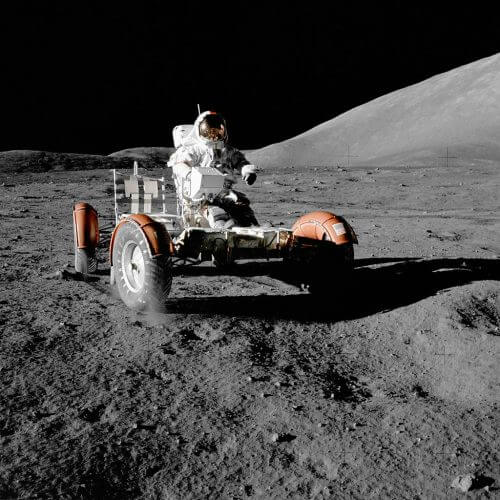
Note: The source of the news is on the NASA website, the translation was done by Elisef Kosman. For the original news in English on the NASA website.
Eugene Cernan, the last man to walk on the moon, died at the age of 82 on Monday, January 16, surrounded by his family.
Cernan, a captain in the US Navy, left his mark on the history of space exploration with three missions, two of which were to the moon. In addition, he is the second American to perform a spacewalk and the last person to leave footprints on the lunar surface.
He was among a group of 14 astronauts selected by NASA in October 1963, and flew the Gemini 9 spacecraft together with mission commander Thomas F. Stafford, on a three-day flight in June 1966. On this mission, Cernan spent more than two hours outside the capsule in orbit around the Earth.
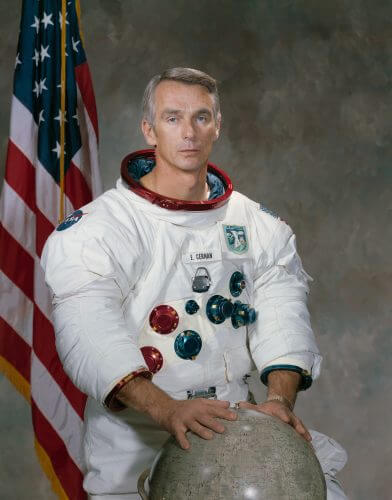
In May 1969, he served as the Lunar Module Pilot for the Apollo 10 mission, the first comprehensive validation mission of the lunar lander used by the Apollo pilots. The mission was used as a dress rehearsal before the Apollo 11 mission, during which NASA ensured the performance, stability and reliability of the various modules from which the Apollo spacecraft was assembled - the command module, the service module and the lunar lander. The mission included landing to a height of up to 14 km above the surface of the moon, but without actually landing on it.
In a 2007 interview, Cernan said: “I told Neil Armstrong over and over again that we painted a white line across the sky all the way to the moon, to within 14 km [of it] so he wouldn't get lost, and all he had to do was land. We made it kind of simple for him.”
Cernan ended his space exploration career as commander of the last manned mission to the moon in December 1972. The Apollo 17 mission broke several records in the field of manned spaceflight, including the longest mission to the moon (301 hours and 51 minutes); the longest moonwalk (22 hours and 6 minutes); The largest lunar rock sample (about 113 kg); and the longest stay in orbit around the moon (147 hours and 48 minutes).
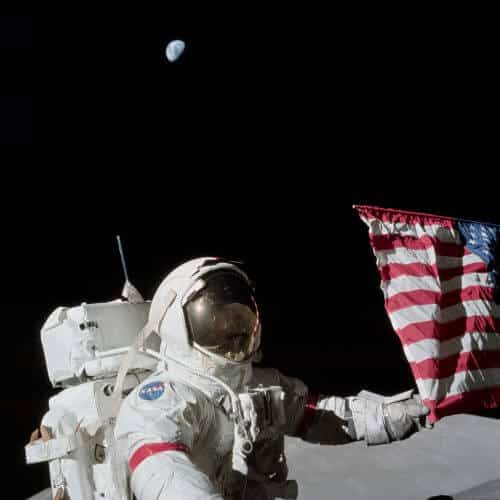
Cernan and his teammate Harrison "Jack" Schmitt completed three successful visits to nearby craters and the Taurus-Litreau mountains, on a mission where they made the moon their home for more than three days. When he left the lunar soil Cernan said: "America's challenge today has shaped the destiny of tomorrow. While we are leaving the Moon and Taurus-Litro, we are leaving as we were, and if God wills, we will still return, with peace and hope for all humanity."
"Apollo 17 was based on all the other missions scientifically," Cernan said in 2008. "We had a lunar rover, we were able to cover more space than most other missions. We stayed there a little longer. We went to a more challenging area in the mountains, to learn about the history and origin of the moon itself."
On the way to the moon, the mission team took an iconic image of our home planet, with the hemisphere fully illuminated - a "full globe" in which Africa, the Arabian Peninsula and the southern ice cap were visible. The famous photo was nicknamed "The Blue Marble", a nickname that has been used ever since for a continuous series of pictures of the Earth taken by NASA.

Despite the success of the picture, Cernan said in 2007 that the photography was not fully appreciated: "What is the real meaning of watching this picture? I've always said, I've said for a long time, and I still believe it, that it will take ... fifty, a hundred years in the history of mankind to go back and really understand the meaning of Apollo. To really understand what humanity did when we left, when we truly left this planet and could call another body home. We did it really early if you think about what we're doing now in space. It's just like John F. Kennedy reached out to the 21st century where we are today, grabbed hold of a decade of time, transported it to the sixties and seventies and called it Apollo."
Cernan retired from the US Navy on July 1, 1976 after 20 years and ended his career at NASA. He went into private business and served as a television commentator in the early years of the space shuttle era.
Watch Eugene Cernan and his Apollo 17 mission partner Harrison Schmitt sing on the moon:
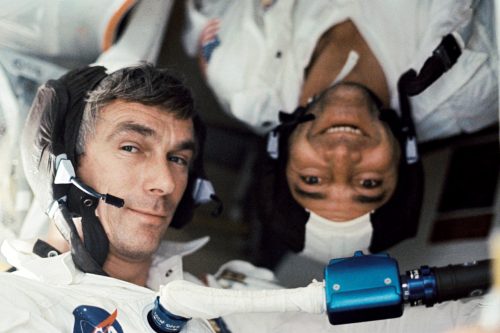
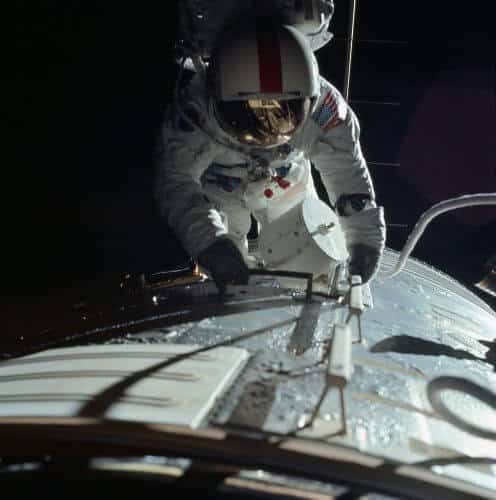
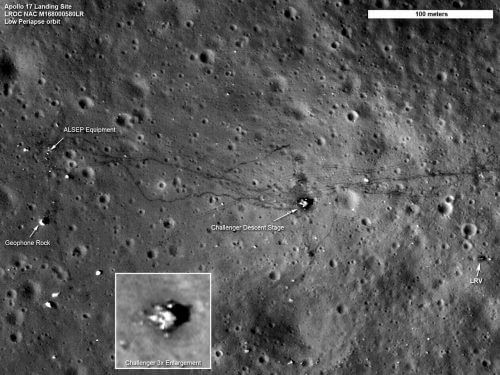

3 תגובות
"...the burner that piloted the technology has disappeared..." - Fok. Oops Pops
It seems to me that from a historical perspective, what is really amazing is that only four people managed to drag the world into a race to space and the moon that cost billions. When they were gone, gone was the burner that flew the space technology far and high. Don't get confused. These sums invested are probably one of the most successful investments in history, along with the Marshall Plan.
Does anyone know how to reproduce the success?
It's amazing that technology has advanced so much and 46 years have not returned there. Space exploration has stopped.